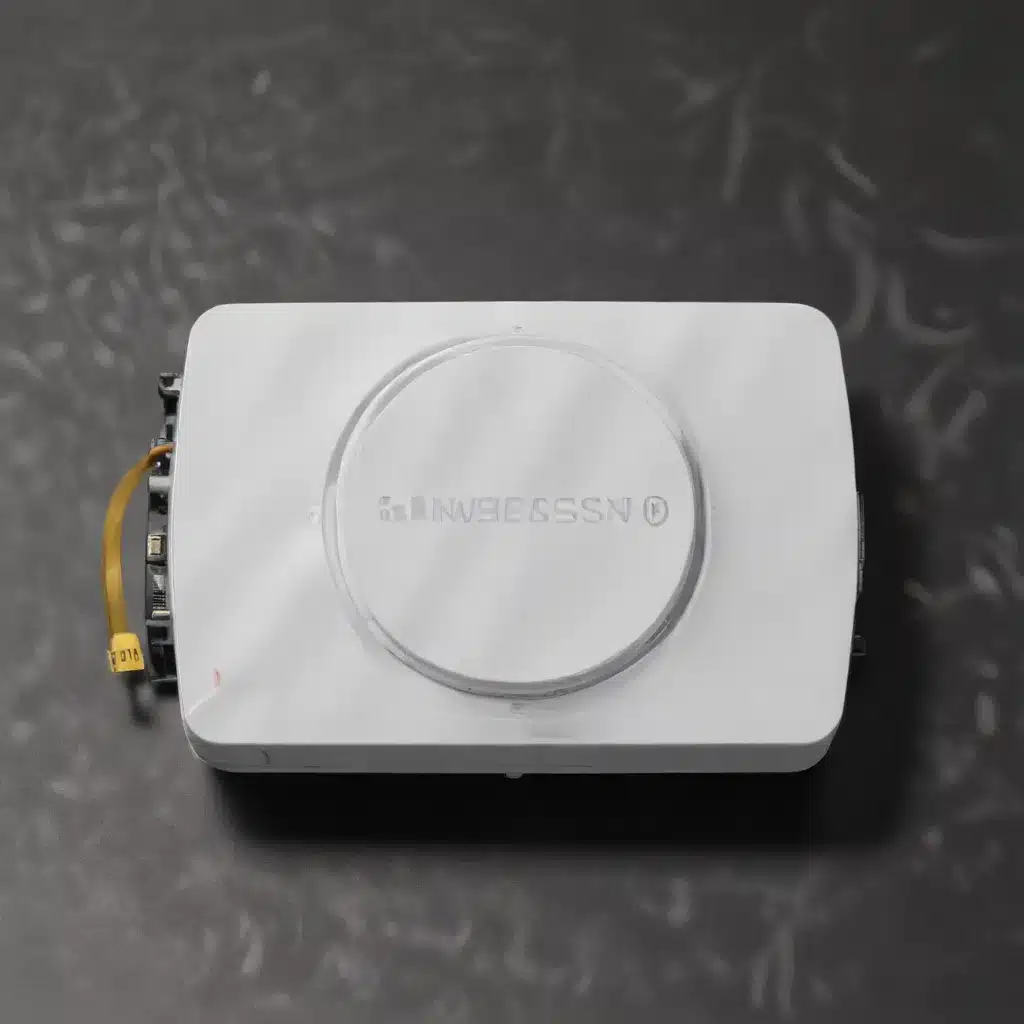
In today’s fast-paced digital world, reliable wireless connectivity is essential for both work and leisure activities. Whether you’re streaming your favourite shows, videoconferencing with colleagues, or browsing the web, a stable and efficient wireless network can make all the difference. However, as technology continues to evolve, wireless connectivity issues can sometimes arise, leaving us frustrated and disconnected.
Understanding Wireless Network Protocols
At the heart of any wireless network are the communication protocols that enable seamless data transfer. The most widely adopted protocol is WiFi, based on the IEEE 802.11 standard. WiFi operates on both the 2.4 GHz and 5 GHz frequency bands, each with its own advantages and disadvantages.
Another prominent wireless protocol is Bluetooth, which excels at short-range, low-power connections between devices like smartphones, headphones, and IoT gadgets. Cellular networks, such as 4G and 5G, also play a crucial role in providing wireless connectivity, particularly for mobile devices.
Common Wireless Devices and Components
The key devices that make up a wireless network include:
- Routers: These are the central hubs that distribute internet connectivity to connected devices, often doubling as wireless access points.
- Wireless Access Points (WAPs): These standalone units extend the wireless coverage area, ensuring seamless connectivity throughout your home or office.
- Network Adapters: The wireless network cards or dongles installed in laptops, desktops, and other devices to enable their wireless capabilities.
Ensuring these components are properly configured and functioning is crucial for maintaining reliable wireless connections.
Troubleshooting Wireless Connectivity Issues
When faced with wireless connectivity problems, it’s important to systematically address the potential causes. Let’s explore some common troubleshooting steps:
Signal Strength and Coverage
One of the primary factors influencing wireless performance is the Received Signal Strength Indicator (RSSI). This metric measures the strength of the wireless signal, with higher values indicating a stronger connection. If the RSSI is low, it could be due to factors like distance from the router, physical obstructions, or interference from other wireless devices.
To improve signal strength, consider repositioning your router or access points, upgrading to newer, higher-gain antennas, or even installing additional access points to enhance coverage.
Network Configuration
Proper network configuration is crucial for reliable wireless connectivity. Ensure that your devices are connected to the correct Service Set Identifier (SSID), which is the unique name of your wireless network. Additionally, verify that the appropriate wireless security protocol, such as WEP, WPA, or WPA2, is enabled and that you’re using the correct password or encryption key.
If you’re experiencing frequent disconnections or authentication issues, it’s worth checking your network’s DHCP (Dynamic Host Configuration Protocol) settings to ensure devices are obtaining valid IP addresses.
Diagnostic Tools
Leveraging the right diagnostic tools can greatly assist in troubleshooting wireless connectivity problems. Some useful utilities include:
- Ping: This command tests the responsiveness of a network device or website, helping to identify connection issues.
- Traceroute: This tool maps the path data takes from your device to a destination, identifying potential bottlenecks or problem areas.
- NetStat: This command-line tool provides detailed information about your device’s network connections, including active sessions and network interface statistics.
For more in-depth wireless analysis, consider using a wireless network analyzer or spectrum analysis software, which can help identify sources of interference and optimize your network settings.
Common Wireless Connectivity Issues
While wireless technology has come a long way, it’s not immune to various problems that can impact your user experience. Let’s explore some of the most common wireless connectivity issues and how to address them:
Driver and Firmware Updates
Outdated or incompatible network adapter drivers and wireless router firmware can often be the root cause of connectivity problems. Ensure that you regularly check for and install the latest updates from the device manufacturers to ensure optimal performance and compatibility.
Connectivity Failures
Wireless connections can sometimes fail to establish or maintain a stable link. This could be due to issues with authentication (incorrect passwords or security settings), DHCP failures (inability to obtain a valid IP address), or IP address conflicts with other devices on the network.
In these cases, try resetting your network settings, updating drivers, or even performing a full network reset to restore proper connectivity.
Wireless Interference
The unlicensed radio frequency (RF) bands used by wireless technologies can be susceptible to interference from a variety of sources, such as microwave ovens, Bluetooth devices, cordless phones, and even faulty electrical wiring. This interference can lead to degraded performance, intermittent disconnections, and reduced overall network capacity.
To mitigate interference, consider relocating your wireless devices, changing the operating channel on your router, or even shielding the source of the interference.
Conclusion
Troubleshooting and resolving wireless connectivity issues can be a complex and sometimes daunting task, but with the right knowledge and tools, you can effectively tackle these challenges. By understanding the underlying wireless protocols, familiarizing yourself with the key network components, and leveraging diagnostic utilities, you can quickly identify and address the root causes of your wireless connectivity problems.
Remember, maintaining a reliable wireless network is a continuous process, and staying up-to-date with the latest firmware updates, security protocols, and best practices can go a long way in ensuring a seamless and uninterrupted user experience. So, the next time you encounter a wireless connectivity issue, approach it with confidence, and let your troubleshooting skills shine.
And if you’re ever in Manchester and need some help with your wireless network or any other IT-related issues, don’t hesitate to reach out to the experts at IT Fix. We’re always here to lend a hand and get you back online in no time.












